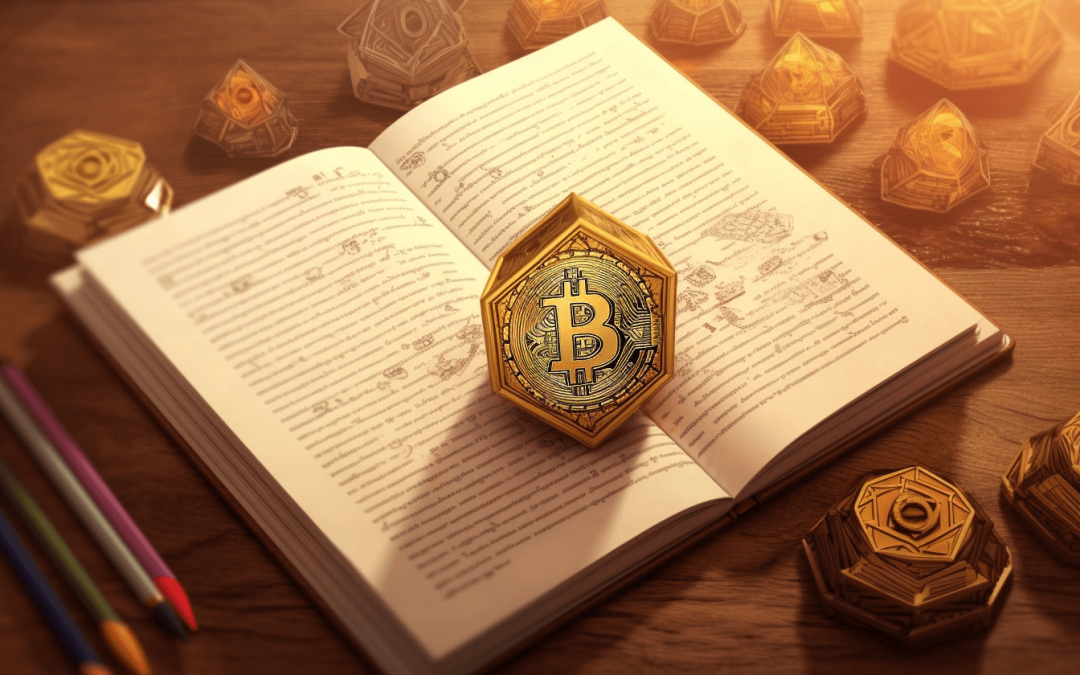As I delve into the ever-evolving world of Bitcoin and Non-Fungible Tokens (NFTs), I am often amazed at the pace of innovation in this field. One concept that has recently caught my attention is Recursive Inscriptions. In this blog post, I will explore this intriguing development, breaking it down to its basics, and examining its potential and controversies.
To understand Recursive Inscriptions, I invite you to imagine a grand library, where each book represents a Bitcoin transaction. There’s a peculiar rule in place: each book can only contain a few pages. This is akin to the 4MB data limit of Bitcoin transactions. A fascinating solution to this constraint emerged with the Ordinals Protocol, a kind of magic pen that inscribes data onto Bitcoin’s tiniest unit, satoshis, so that a lot of information can be stored within these few pages.
The real magic begins with the introduction of Recursive Inscriptions. What if, instead of writing a whole new book for every story, I wrote in the new books instructions on where to find parts of the story in the old ones? This is the essence of Recursive Inscriptions, a mechanism that extracts data from existing inscriptions and utilizes it within new ones.

Recursive Inscriptions transform my library into a treasure hunt, an intricate web of interconnected data sources. The result? I can fit even more stories into my library, making the most efficient use of space. It opens up possibilities to do things I couldn’t before, like storing entire video games, movies, or complex software, directly on the Bitcoin blockchain.
However, not everyone is thrilled about this innovation. Critics argue that the entire Recursive Inscriptions concept is dependent on the Ordinals theory, which isn’t universally agreed upon or embedded in Bitcoin’s core framework. They express concerns that this could potentially lead to arbitrary changes by a select group of developers, or even escalate costs and storage needs as popularity and user numbers increase.
Despite these concerns, the potential of Recursive Inscriptions can’t be ignored. They represent a significant leap forward in the world of Bitcoin and NFTs, offering a new approach to data storage and interoperability. As I continue to explore this fascinating frontier, Recursive Inscriptions undeniably signal an intriguing new chapter in blockchain history.
It’s an exciting time to be part of this digital revolution. As I continue to explore and understand these concepts, I am actively participating in shaping the future of the blockchain. Whether Recursive Inscriptions will become the new standard or face hurdles down the line, one thing is for sure: they’ve sparked a conversation that can’t be ignored.
Hope this explains it in simple terms
Julian
CEO CakeDeFi.com
Stay up-to-date on the latest crypto developments
If you found this insightful and want to stay informed on the latest developments, consider subscribing to my newsletter. Join nearly 2 million others who rely on our updates to navigate the ever-evolving world of cryptocurrencies and blockchain technology: https://ceonews.cakedefi.com
Julian
CEO CakeDeFi.com


